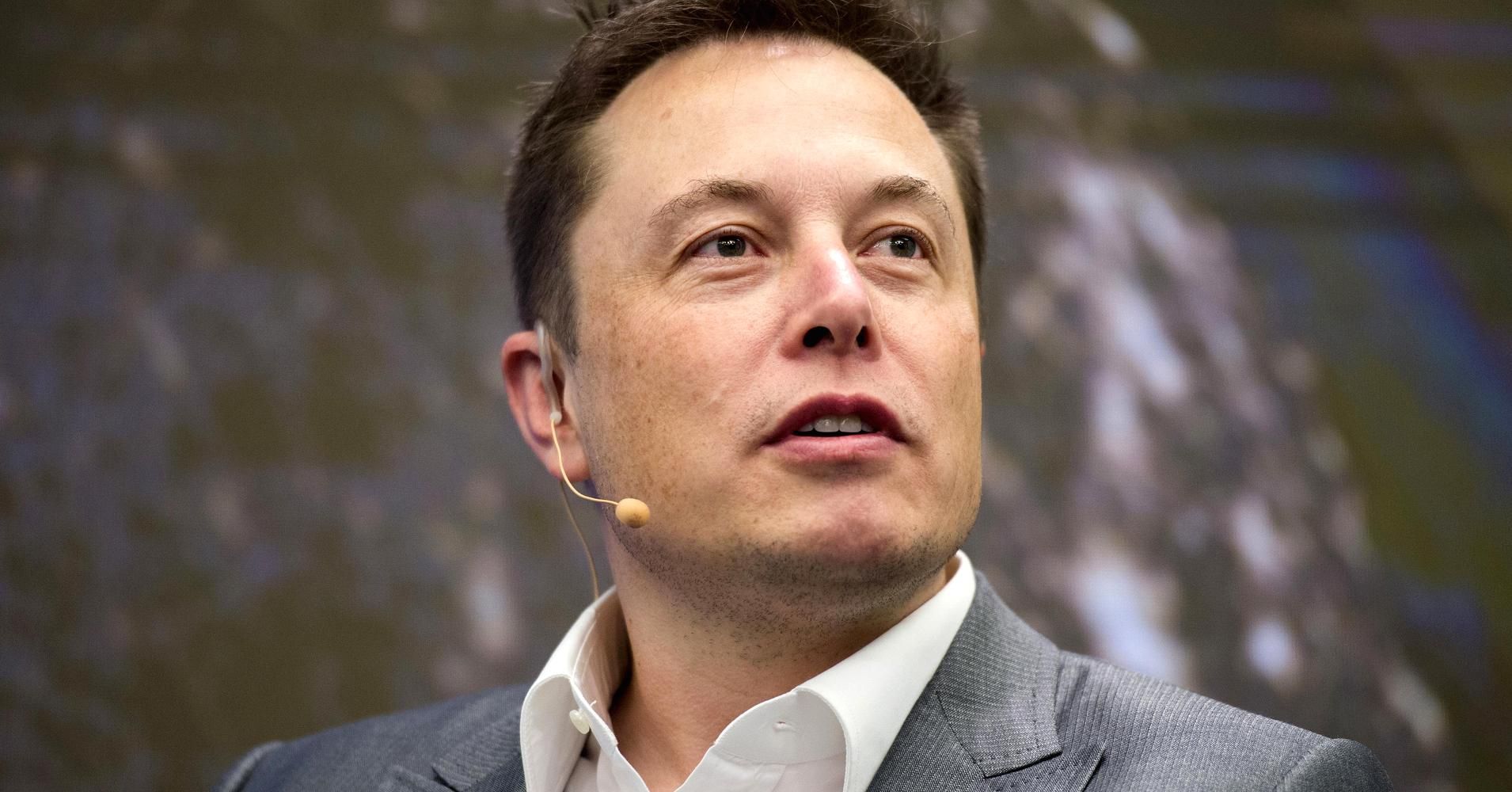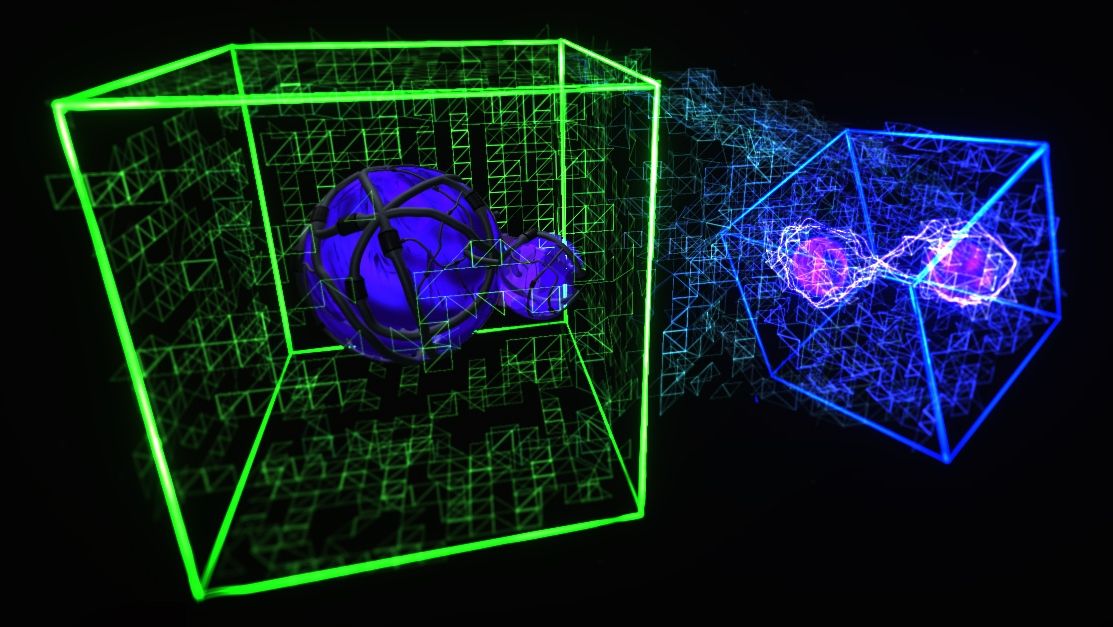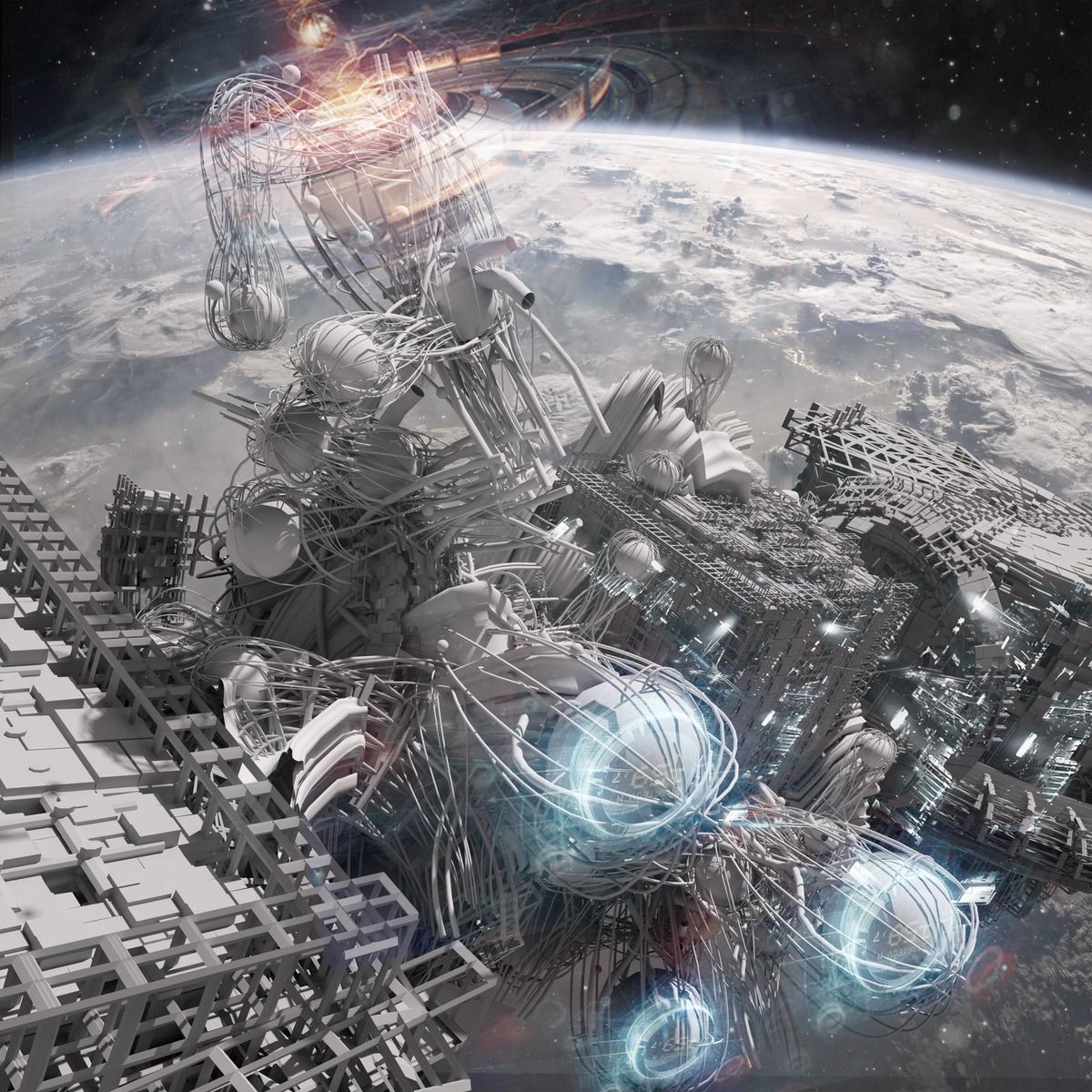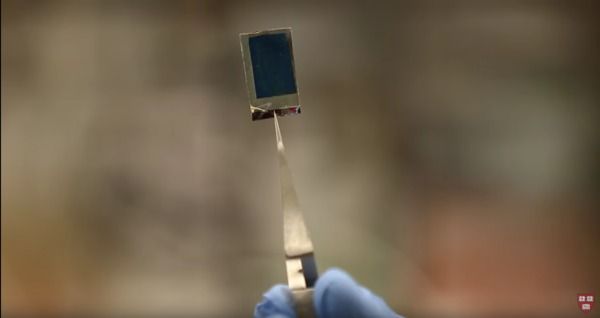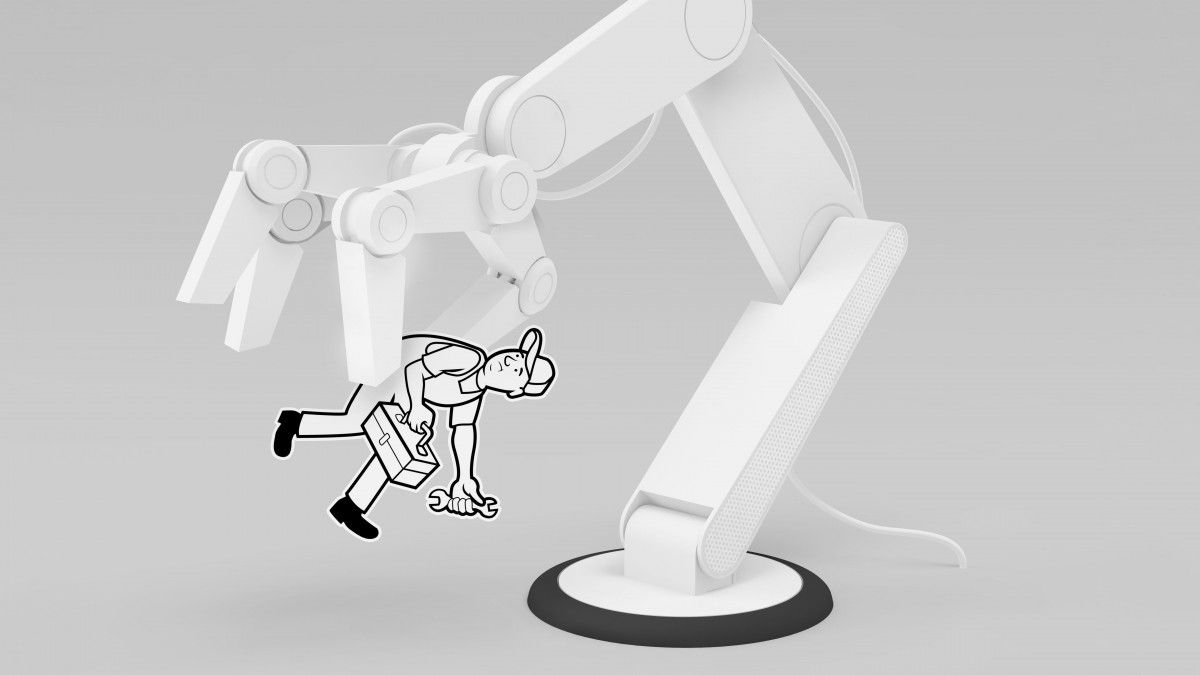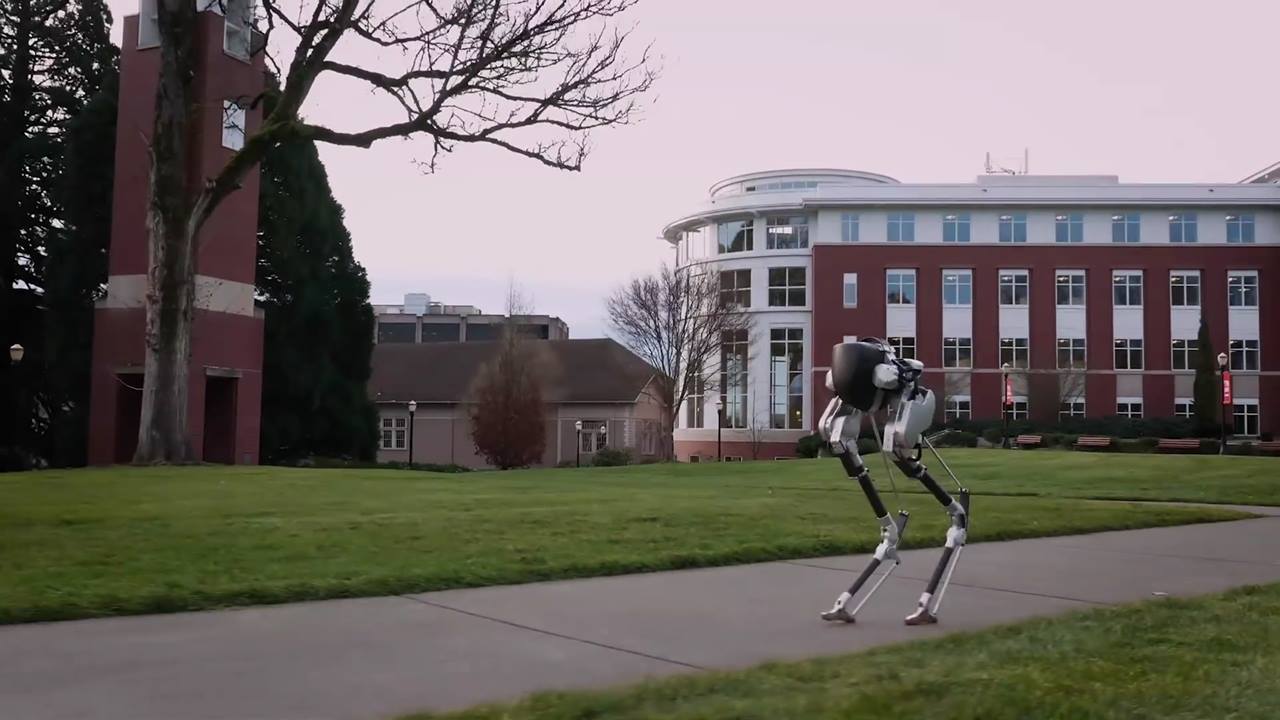How rejuvenation could help solve the problem of pensions.
I’m sure the pension argument may seem the secret weapon of the opponents of rejuvenation, probably together with the dreaded spectre of overpopulation. However, that of pensions is an argument for of rejuvention, not against.
Let’s recap what’s the deal with pensions as things stand. When people reach the age of 65 or so, they retire (that is, they stop working and produce zero wealth) and receive a pension (aka free money) from the State. In theory, a pension is something you’ve already earned when you were young and working, and the State only gives you back the money it has kept on a side for you all your life; in practice, it seems the pension system may run out of money fairly soon both in US and possibly in Europe, and it may face a serious crisis around 2050, when the number of 80-year-old people and older is expected to be around five times as high as it is now. We’re gonna have one hell of a hard time paying all those pensions.
As a matter of fact, we are already having problems paying pensions. Retirement age is slowly getting higher all around the world, both for men and women, and not just because people in their sixties these days are a bit better than they used to be when my grandfather was young. Obviously, the later they retire the longer they will produce wealth for, and the later the State will have to start paying them money for the rest of their lives. Since human healthspan is not going to increase much at all until we implement rejuvenation therapies, the deal boils down to this: You work for longer in an increasingly crappy health condition, and retire and start receiving your pension later than people from previous generations did. Now that is one pretty bad deal.
Continue reading “We wouldn’t be able to pay the pensions” »
